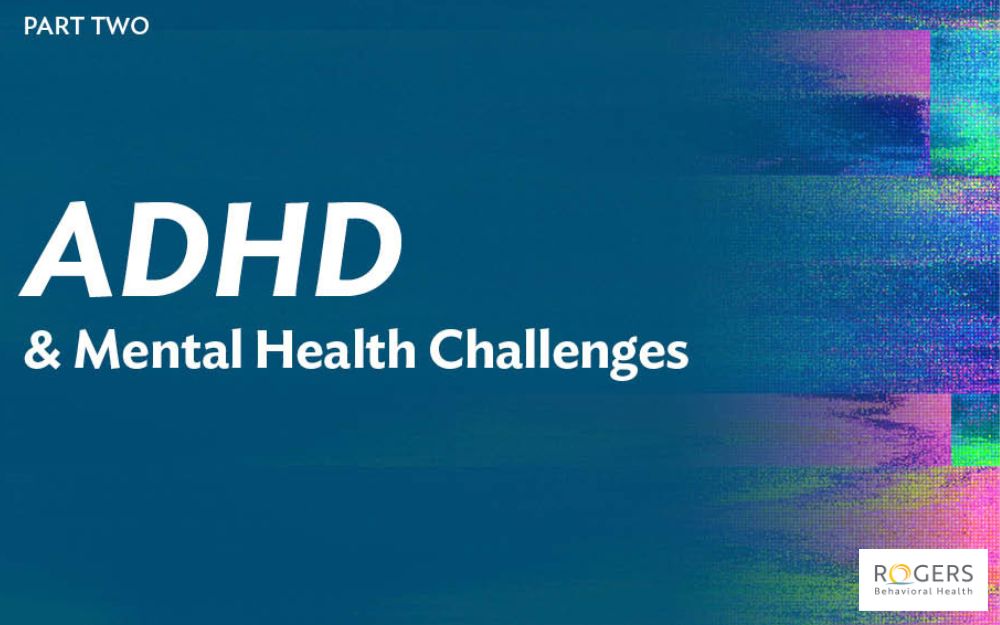How completing Rogers’ continuum of care improves patient outcomes
Posted on 05/19/22 11:23:am
Share this article:
Rogers Behavioral Health offers a full continuum of care consisting of inpatient, residential, and two levels of outpatient care: partial hospitalization and intensive outpatient.
Offering continuity of care allows patients who enter treatment at any level to get the right level of intensity and move between levels as needed.
Clinical outcomes research shows that patients who complete the full continuum of care, otherwise known as following the clinical pathway, are more likely to sustain their gains, and many continue to make progress after completing treatment.
To further investigate the effectiveness, Rogers’ Data Analytics team recently conducted an in-depth analysis using past and present patient outcomes data.
Leveraging patient outcomes data shows effectiveness of following the clinical pathway
The team analyzed the clinical improvement made by more than 70,500 Rogers patients’ data in all levels of care since 2012.
They reviewed results of the Quick Inventory of Depression Symptomology (QIDS) at admission and discharge for more than 52,000 patients who admitted directly to any one level of care at Rogers and completed only that program.
They then compared the clinical improvement with more than 18,000 patients who completed more than one level of care. Those who followed the clinical pathway and completed at least two levels of care showed significantly greater improvement in QIDS scores with fewer symptoms upon discharge.
This held true whether patients went from inpatient to residential care, or residential to partial hospitalization, or from partial hospitalization to intensive outpatient.
“When averaged across all age groups and all services, patients who follow the clinical pathway have significantly less severe symptoms at discharge relative to those who admitted to Rogers and only completed one level of care,” explains Sala Lotfi, PhD, a data scientist. “This underscores the importance of continuing to encourage patients to adhere to the recommended treatment dose and continuing treatment at lower levels of care.”
Clinical pathways should go beyond common clinical guidelines and be multidisciplinary, involving teams of providers who implement a defined set of protocols for particular clinical conditions, he adds.
“Here at Rogers, we take a multi-phase approach to increase evidence-based practices, enhance patient empowerment, optimize our resource utilization, and cut costs for patients, so that the collective efforts result in a significant improvement for patient outcomes,” Dr. Lotfi says.
Results from the analysis also demonstrate to insurance providers the importance of completing the entire clinical pathway, which means more patients may have the opportunity to receive treatment across all levels of care.
Rogers leading the way in outcome measures
As a leader in measurement-based mental healthcare, Rogers’ large database of patient outcomes over many years and our ability to do this type of system-wide analysis is something that sets us apart and benefits not only Rogers patients but the entire behavioral health field, according to Jessica Cook, director, Data Analytics.
“At a time when mental health and addiction symptoms are skyrocketing across the country and organizations are seeing readmission rates increase, these types of analyses highlight how special Rogers is,” she says. “We’re not here just to help patients achieve symptom reduction; we’re truly focused on helping them experience a sustainable, long-term recovery. As an organization, we invest in recurring analyses, such as these, to understand recovery at a deeper level and to use that data to improve our protocols and clinical pathways.”
Watch the video above to hear how completing Rogers’ continuum of care helped a former patient named Stephanie.
How Rogers can help
If you or a loved one is struggling, Rogers offers compassionate, evidence-based care for children, teen, and adults nationwide. You can call 800-767-4411 for a free, confidential screening. You can also request a confidential screening online.



